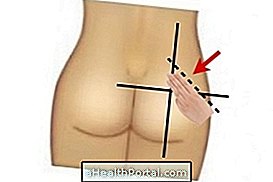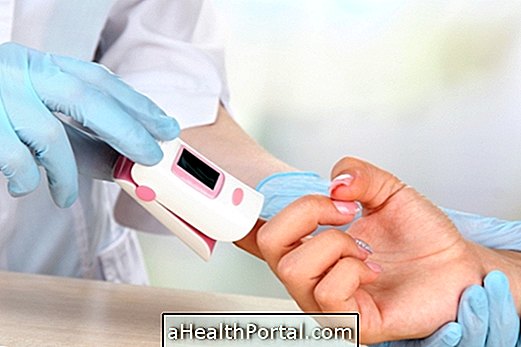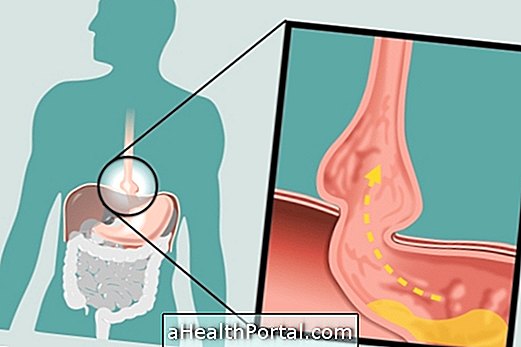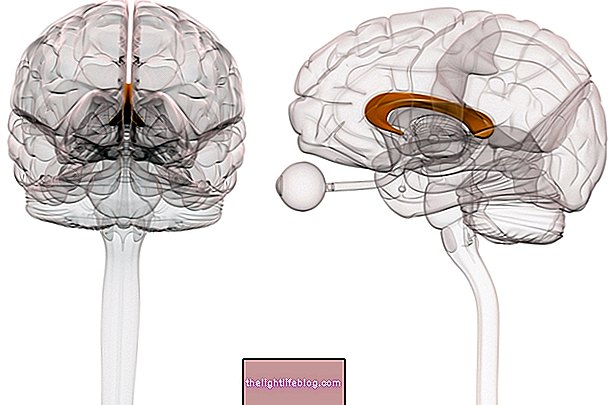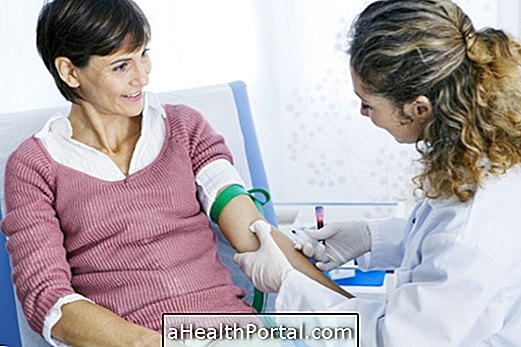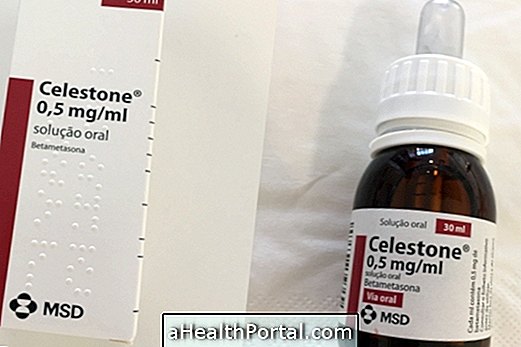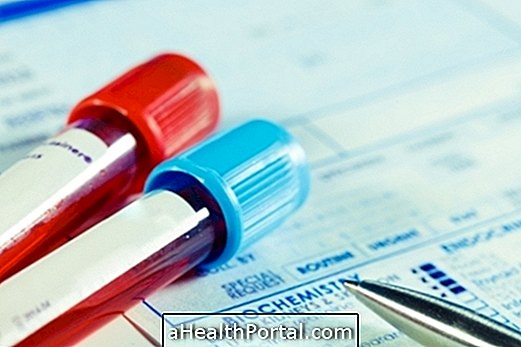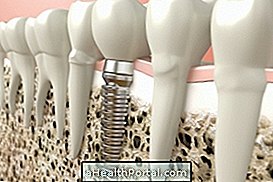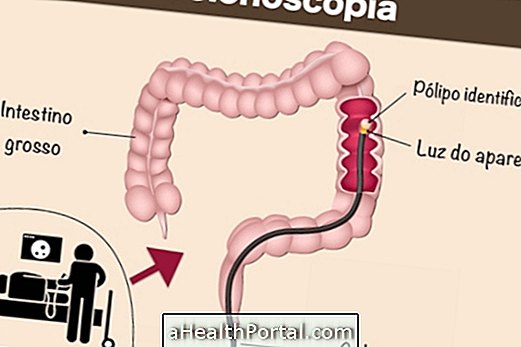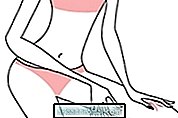The most commonly used treatments for treating Guillain-Barré Syndrome include the use of intravenous immunoglobulin or the holding of therapeutic plasmapheresis sessions, which, although not able to cure the disease, help relieve symptoms and accelerate recovery.
These treatments are usually initiated in the Intensive Care Units when the patient is hospitalized and are aimed at reducing the amount of antibodies in the blood, thus preventing them from causing nerve damage and worsening the degree of disease development.
Both types of treatment have the same effectiveness in relieving symptoms and patient recovery, however, the use of immunoglobulin is easier to perform and has fewer side effects than therapeutic plasmapheresis.

1. Therapeutic Plasmapheresis
Plasmapheresis is a type of treatment that involves the filtration of blood in order to remove excess substances that may be causing the disease. In the case of Guillain-Barre syndrome, plasmapheresis is done with the aim of removing excess antibodies that are acting against the peripheral nervous system and causing the symptoms of the disease.
The filtered blood is then returned to the body, which is stimulated to produce healthy antibodies, thus relieving the symptoms of the disease. Understand how plasmapheresis is done.
2. Therapeutic immunoglobulin
The immunoglobulin treatment consists of injecting directly into the vein of healthy antibodies that acts against the antibodies that are causing the disease. In this way, immunoglobulin treatment becomes effective because it promotes the destruction of antibodies that are acting against the nervous system, relieving symptoms.
3. Treatment with physical therapy
Physical therapy is important in Guillain-Barré syndrome because it promotes the recovery of muscular and respiratory functions, improving the life quality of the person's life. It is important that physiotherapy be maintained for long periods until the patient recovers to the fullest of his abilities.
The follow-up of a physical therapist with daily exercises performed with the patient is necessary to stimulate joint movement, improve range of motion of the joints, maintain muscle strength and prevent respiratory and circulatory complications. Being that for the majority of the patients the main objective is to return to walk alone.
When the patient is hospitalized in the ICU, it can be connected to breathing apparatus and in this case the physiotherapist is also important to ensure the necessary oxygenation, but after discharge from the hospital the physiotherapeutic treatment can be maintained for 1 year or more, depending on the progress achieved by the patient.
Main complications of treatment
The treatment should be continued until the doctor says otherwise, however there may be some complications related to the treatment, which should be reported to the doctor.
In the case of treatment with intravenous immunoglobulin, for example, some of the common complications are headache, muscle aches, chills, fever, nausea, tremors, excessive tiredness and vomiting. The most serious complications, however difficult to happen, are renal failure, infarction and clot formation, for example.
In the case of plasmapheresis, there may be a decrease in blood pressure, changes in heart rate, fever, dizziness, increased chance of infections, and decreased levels of calcium. Among the most serious complications are hemorrhage, generalized infection, clot formation and air accumulation in the lung membranes, however, these complications more difficult to happen.
Usually, these complications are treated with the use of medications, analgesics and antiemetics to relieve fever and the urge to vomit, for example, it being important to inform the doctor of the symptoms you feel.
Signs of improvement
Signs of improvement in Guillain-Barré Syndrome begin to appear about 3 weeks after the start of treatment, however, most patients regain control of their movements only after 6 months.
Signs of worsening
Signs of worsening Guillain-Barré Syndrome occur about 2 weeks after the onset of early symptoms of the disease and include difficulty breathing, sudden changes in blood pressure and incontinence, for example, and occur when treatment is not done in the manner correct.

